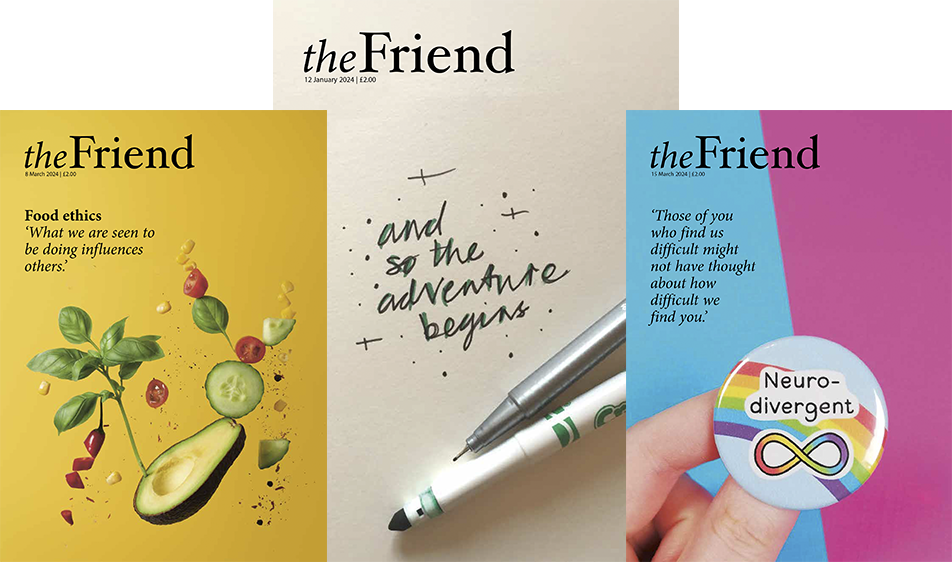Heather Parker and Mark Hinton - Building bridges between communities
Rosemary Hartill continues her series on the ‘Rowntree Visionaries’ with a look at the work of two people who have established a pioneering project within the immigrant community in Coventry.
Mark Hinton is unlocking the door to a community room, kitchen and a couple of offices in the ground floor of a high-rise block. Behind us are two other recently refurbished blocks, grassy spaces and a clearly loved and unvandalised small garden.
